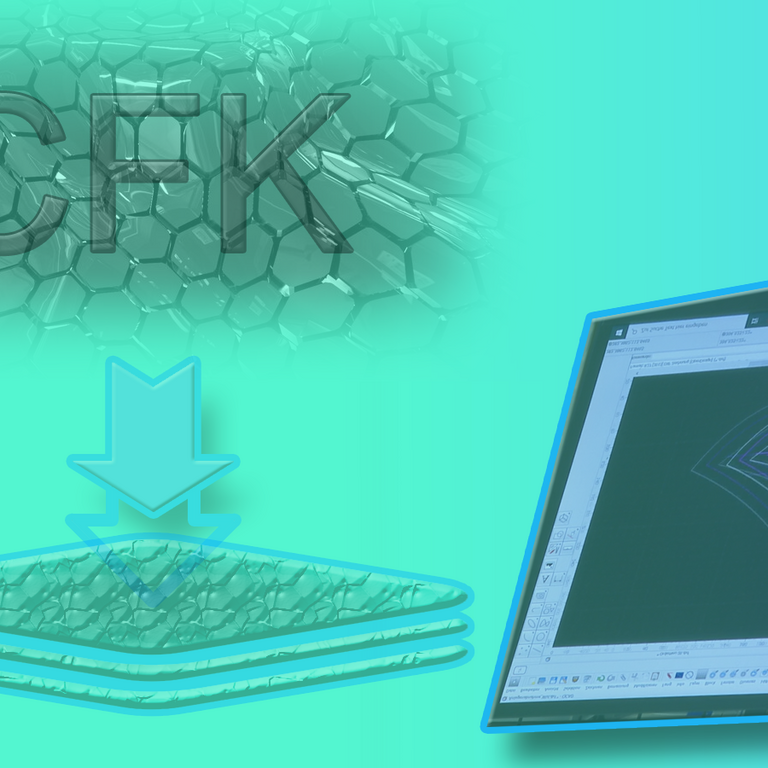Cameca SX5
EPMA
Name (abbreviation) of the procedure: Electron Probe Microanalysis (EPMA)
Generic term of the process: EPMA
Physical Principle: An Instrument that mainly uses an focused electron beam to generate characteristic X-Ray radiation for chemical analysis
Scope: Spatial resolution method. Uses WDXRF, EDXRF, BSE and SE to analyse morphology, topology and chemical composition of small sample spots
Media: dokumente.ub.tu-clausthal
WDXRF
Name (abbreviation) of the procedure: Wave length dispersive X-Ray fluorescence (WDXRF)
Generic term of the procedure: XRF
Physical Principle: Excitation of inner electron shells to generate characteristic X-Ray radiation
Scope: Spatial resolution method. Uses X-Ray fluorescence (wavelength, (WDXRF) and energy dispersive, (EDXRF)) excited via a focused electron beam to analyze main and minor compounds, typically starting from Na. Lighter elements (except for H, He) are possible but the detection limit is comparable high (X000 µg/g). Li can only be measured with special spectrometers
EDXRF
Name (abbreviation) of the procedure: Energy dispersive X-ray Fluorescence (EDXRF)
Generic term of the procedure: XRF
Physical principle: Excitation of inner electron shells to generate characteristic X-Ray radiation
Scope: Spatial resolution method. Uses X-Ray fluorescence (wavelength, (WDXRF) and energy dispersive, (EDXRF)) excited via a focused electron beam to analyze main and minor compounds, typically starting from Na. Lighter elements (except for H, He) are possible but the detection limit is comparable high (X000 µg/g). Li can only be measured with special spectrometers
SEM
Name (abbreviation) of the procedure: Scanning electron microscopy (SEM)
Generic term of the procedure: Electron spectroscopy
Physical principle: Generation of electrons which are scattered from the sample material (BSE, primary electrons) and electrons which are removed from the material (SE, secondary electrons)
Scope: Spatial resolution method. Uses electrons backscattered (BSE) or secondary (SE) via a focused electron beam for electron micrographs of sample areas. The BSE can have Z-Contrast showing the average order number of the sample compounds or topological contrast. ESMA-System are not tailored to SEM. Therfore the resolution is inferior (down to 0.1 - 0.5 µm)

Information
Type: Electron Microprobe
Physical force/principle: X-Ray, Electron
General scope of application: Spatial, Metals, Oxidic, (Surfaces), (Soft matter)
Available at: TU Clausthal
Website: Elektronenstrahlmikroanalyse (ESMA)
Media
Article: „Li-Distribution in compounds of the Li2O-MgO-Al2O3--CaO system : a first survey“
Project: SPP2315: „Tailored artificial minerals (EnAM) - a geometallurgical tool for recycling critical elements from residual material streams.”
Basics (German): Geochemische Analytik, Kap.6: Elektronenstrahl-Mikroanalyse
Research Group: ...



